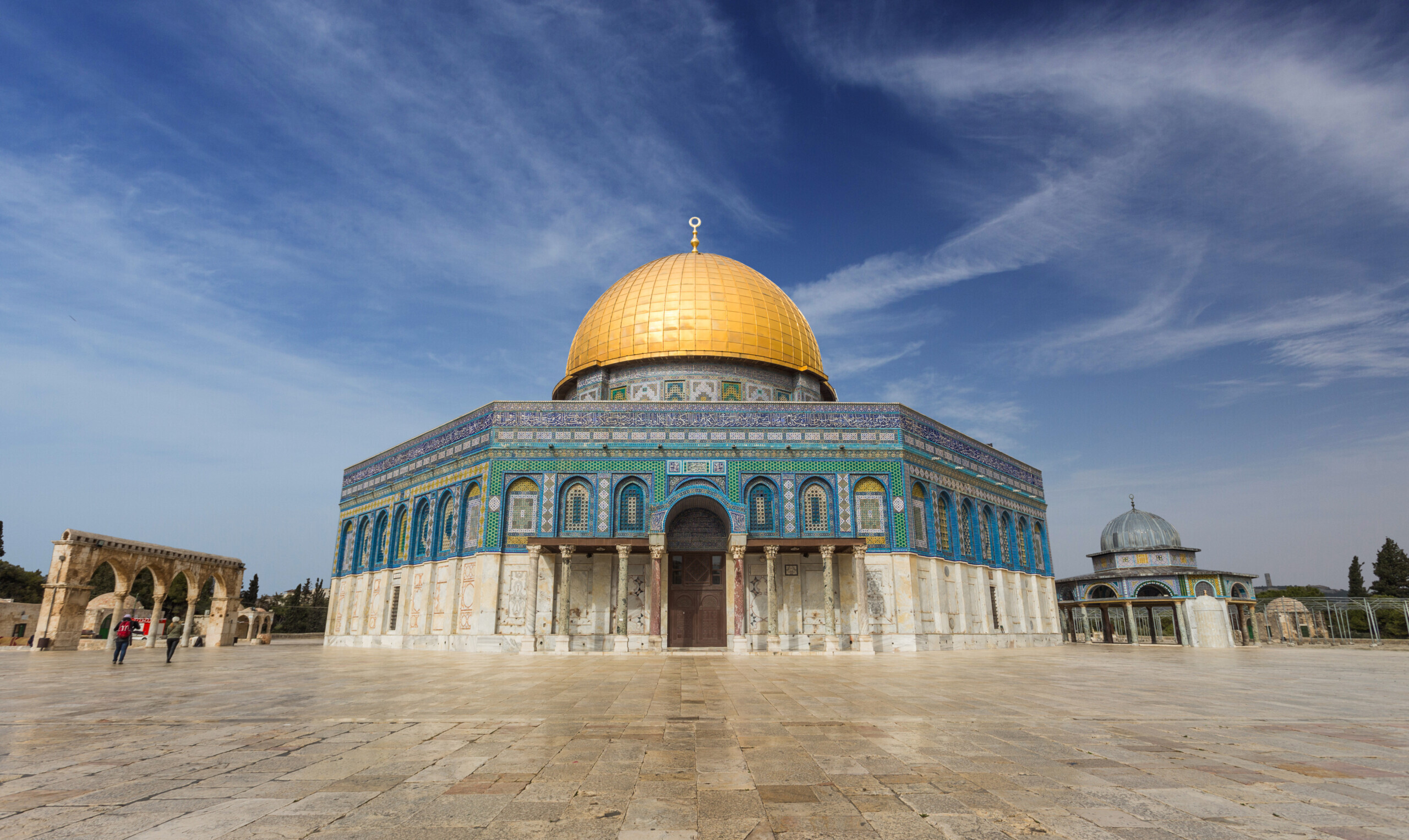


In a frontpage article on Israeli restrictions to enter the Al Aqsa Mosque, the New York Times once again demonstrated its anti-Israel bias. It claimed, “Israel has exerted tighter control in recent years over the compound, one of many restrictions Palestinians living under decades of Israeli occupation have had to endure.” The restrictions this year are exactly what they have been for the last decade when younger Muslims have used the mosque to initiate protests, sometimes throwing objects down on Jews worshipping at the Western Wall below; something the Times story failed to mention. And it makes even more sense this year with Hamas exhorting Israeli Muslims to riot during Ramadan.
[W]hen the old city of Jerusalem was under Muslim control from 1948 until 1967, they did not allow Jews to pray at the Western Wall.
What is most troubling, however, is that the article ignores important religious history: the unwillingness to allow Jews to pray at their most holy sites when Muslims were in control. This is most clear at the Cave of the Patriarchs: the burial place of the Jewish patriarchs: Abraham, Isaac, and Jacob just outside of Hebron. (READ MORE from Robert Cherry: How Best To Fulfill King’s Aspirations)
According to the bible, when Abraham wished to bury his wife, Sarah, the Hittites offered to give him the cave as a gift but he insisted on paying the full price. The owner Ephron beseeched Abraham to take it for free but he insisted on paying the full price of “four hundred shekels of silver.” This passage was written more than 2,500 years ago to make sure for posterity that ownership would be uncontested.
Once Muslims took control of the cave in the thirteenth century, Jews were not allowed to enter; they could go no further than the seventh step on the stairway leading up to the entrance. Here is how, in 1872, Rabbi Hyam Zyee Sneersohn, a great-grandson of the first Lubavitcher Rebbe, described the restriction:
They are not allowed to enter the Cave; the sons of Hagar do not allow the sons of Sarah to visit her grave.… They stand outside and say their prayers. They visit this ground from time to time, but it is always joy which fills their hearts.
In a 1929 pogrom, inspired by the Grand Mufti’s rhetoric, 67 Jews were killed in Hebron, and many incidents of rape, mutilation, and torture were reported. In 1931, 160 Jews returned but after further Arab unrest, the British Government moved all Jews out of Hebron to prevent another massacre. Thus, when Israel took control of the West Bank, Jews were able to enter the Cave of the Patriarchs for the first time in seven centuries.
After Israeli forces captured the West Bank in 1967, former Israeli Prime Minister David Ben Gurion declared that “in the cause of peace, Israel should take nothing in the conquered territories, with the exception of Hebron, which is more Jewish even than Jerusalem.” And yet Israel allowed Muslims to use the cave with some modest restrictions. Indeed, in 1996, the Israeli government ceded to the Islamic waqf control of most of the cave, including some areas holy to Jews.
Similarly, when the old city of Jerusalem was under Muslim control from 1948 until 1967, they did not allow Jews to pray at the Western Wall which was perceived as a threat to their control of the Temple Mount. Indeed, this potential threat has underpinned not only the 1929 pogrom, but the Al Aqsa Intifada in 2000, and the Al Aqsa Flood that initiated the current conflict. It follows from the long-held view of religious Muslims, like Hamas followers, that the Nakba reflects the emergence in 1948 of a Jewish state on Arab lands. In 1958, the Nakba was commemorated by radio stations of the United Arab Republic calling on the world’s Arab and Muslim states to hold a symbolic five minutes to mourn the establishment of Israel without any mention of the refugees. However, the Times and other critics of Israel suppress this Palestinian vision since it doesn’t fit their preferred narrative of Palestinians being helpless victims with the Zionists being the aggressors.
Indeed, until the 1990s this was the universal meaning of the Nakba. Only then, when Arafat had to have a reason not to pursue serious negotiations on a two-state solution, was the meaning of the Nakba changed to be about the refugees. This enabled him to make the right-of-return a central demand which he knew was a nonstarter for the Zionists. Unfortunately, this is still the position of all Palestinian factions since a two-state solution without a robust right-of-return offers nothing to the three generations who have been stuck in refugee camps, almost none of whom have ever lived in areas that comprise present-day Israel. (READ MORE: Contrary to Kanye West’s Claims, Jewish Organizations Actively Helped Black Artists)
Liberal critics of Israel trivialize the current chant of “Palestine will be free, from the river to the sea.” They claim it is just aspirational and consistent with a two-state solution. However, as the original meaning of the Nakba tells us, and Hamas’ actions reinforce, there are important forces within the anti-Israel movement that fully believe that Israel should not exist. It explains Israel’s aggressive posture today and why it should be supported.
Robert Cherry is an American Enterprise Institute fellow and material in this article comes from his current book project, Arab Citizens of Israel to be released by Post Hill Press winter 2024.
